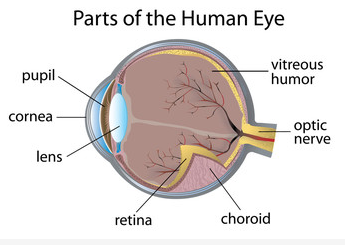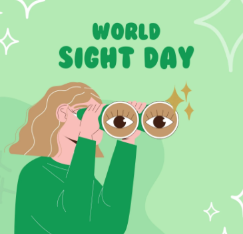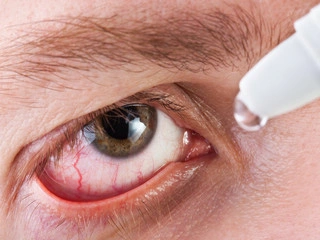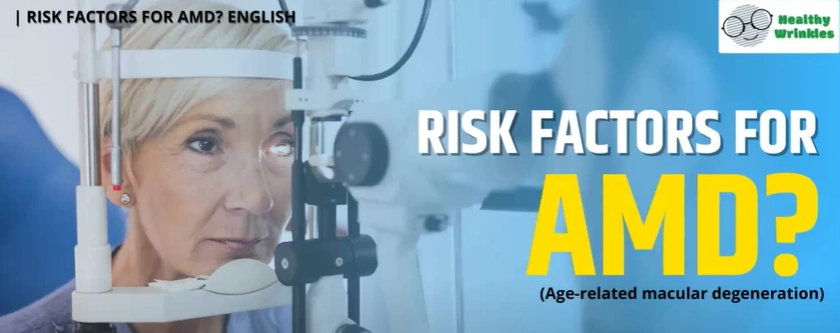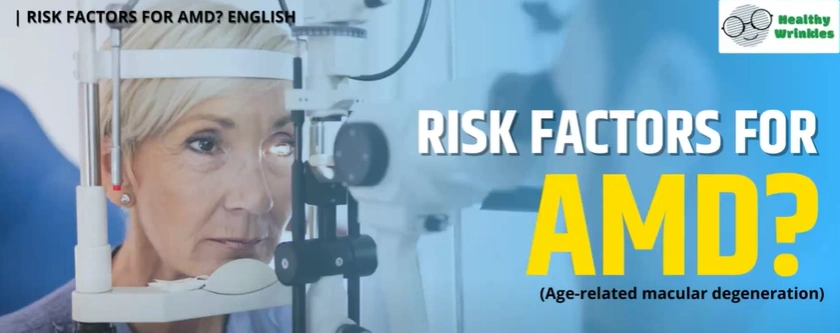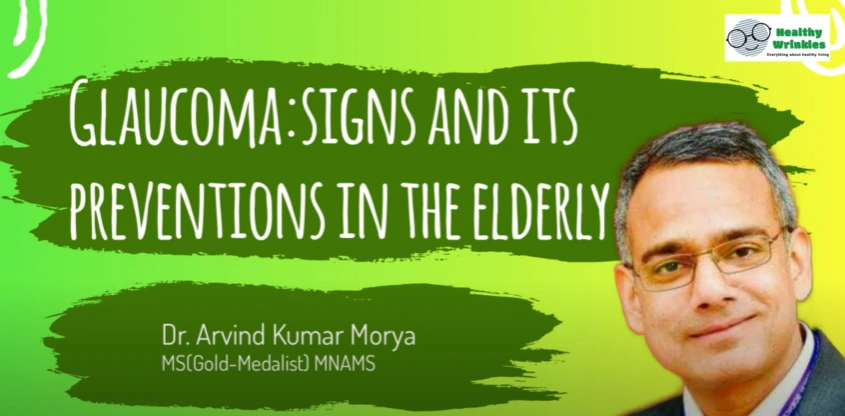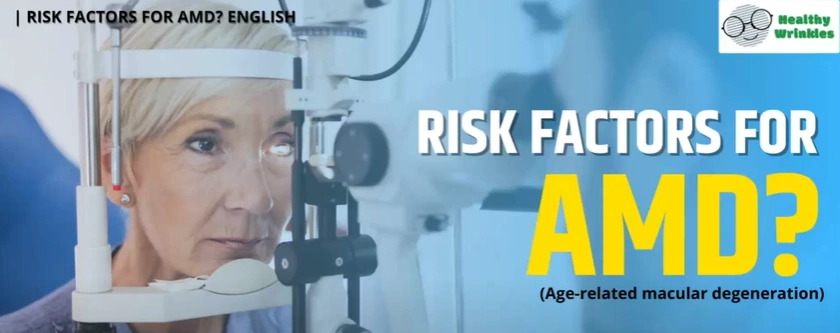Conjunctivits in elders
04-10-24
What is conjunctivitis?
Conjunctivitis is characterized by redness and swelling of the lining of the eyelid and the eye surface. The lining is known as the conjunctiva. Conjunctivitis is also referred to as Pink eyes. Pink eye (conjunctivitis) is an inflammation or infection of the transparent membrane (conjunctiva) that lines and covers the white part of your eyeball. When the conjunctiva's small blood vessels become inflamed, they become more visible. This is what causes your eye whites to appear reddish or pink. This can be easily prevented by following a few tips.
Conjunctivitis causes
Pinkeye is usually caused by a virus.
A virus, such as the common cold or the flu, is the most common cause of pink eye. In most cases, the infection has no medical cure.
The redness and itching will go away in about 7-10 days.
Image
Bacterial: Similar to viral, but there is a thick, yellow, and sticky discharge from the eyes instead of the watery discharge seen with viral. The bacteria may have originated in the person's own skin or respiratory tract, or they may have been transferred from another contagious individual. It is possible to have both viral and bacterial infections. Antibiotic eye drops can be used to treat the bacterial form.
Conjunctivitis Allergic: This condition can be triggered by allergic reactions to materials such as pollen grains, dust mites, and pet dander.
Irritants: Cigarette smoke, pollutants, chlorine in swimming pools, fragrances, soap, hairspray, cleaning liquids, and diesel exhaust are all irritants.
What are the signs and symptoms?
Conjunctivitis symptoms include:
● Itchy or painful eyes
● A bloodshot and red sclera (the "white" of the eye) and red inner eyelids
● Increased tear production and discharge from the eyes
● Swollen eyelids, blurred vision
● Light sensitivity a gritty sensation in the eyes
● While sleeping, the formation of a crust on the inside of the eyelid
● Clingy eyelids
● Difficult to open eyes
Symptoms may appear in one or both eyes or spread from one eye to the other. A virus causes pinkeye, and symptoms usually begin in one eye before spreading to the other.
If you suspect you have pinkeye, consult your doctor to determine the best course of treatment. Also, if you are wearing contact lenses, remove them immediately. Certain health risks may exacerbate the severity of your symptoms.
You may have a more serious eye problem if you have other symptoms such as eye pain or a change in your vision, if you wear contact lenses, or if you have other medical problems. It is critical to see a doctor in these situations.
How is it identified?
Pinkeye is usually diagnosed with an eye exam and questions about your symptoms. The doctor may take some fluid from around your eye with a cotton swab at times. The doctor may use a cotton swab to collect fluid from around your eye to test for bacteria or other infections.
Pinkeye is treated in what way?
If your doctor suspects that the pinkeye is the result of bacteria, he or she may prescribe antibiotic eye drops or eye ointment to kill the bacteria. Symptoms usually disappear after 2 to 3 days of antibiotic conjunctivitis treatment. However, antibiotics only treat conjunctivitis bacteria, not the more common viral pinkeye. Viral pinkeye usually clears up on its own in 7 to 10 days. However, it has the potential to last longer. Call your doctor if your symptoms persist.
If the pinkeye is caused by an allergy or chemical, it will not go away until you avoid the source of the problem.
Pinkeye symptoms can be relieved at home, making you feel more at ease while the infection heals. To remove the crust, use a clean, moist cloth. To alleviate the symptoms of pinkeye caused by allergies, use allergy eye drops and medications. If it hurts, close your eye and apply warm, wet clothes to them several times a day.
How can you avoid it?
Pinkeye is spread through contact with eye drainage caused by a virus or bacteria. When you touch an infected eye, you get drainage on your hand. When you have drainage on your hand, touching your other eye or an object can spread the virus or bacteria.
To help prevent the spread of pinkeye, follow these guidelines:
● Before and after touching your eyes or face, or using medicine in your eyes, wash your hands.
● Share no eye makeup.
● Share no contact lens supplies, containers, or solutions.
● Do not share eye drops.
● Towels, bed linens, pillows, and handkerchiefs should not be shared. Every day, use clean linens, towels, and washcloths.
Remember that pink eye is not as contagious as the common cold. If you are unable to take time off, it is acceptable to return to work, school, or child care; however, you must remain consistent in practicing good hygiene.

